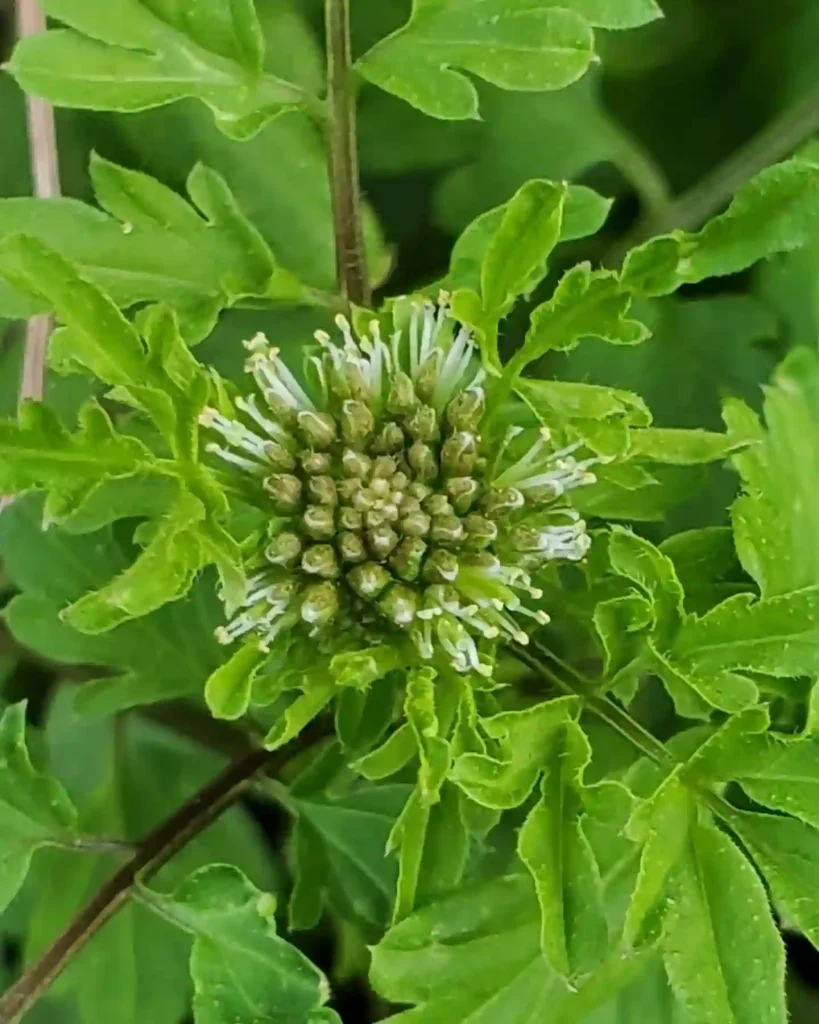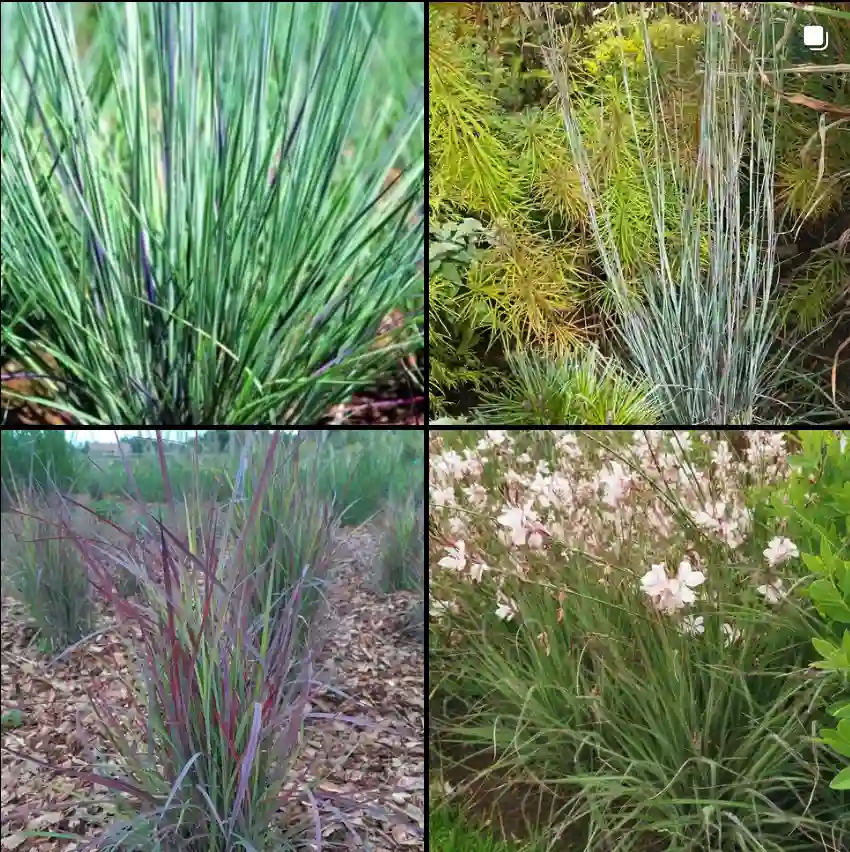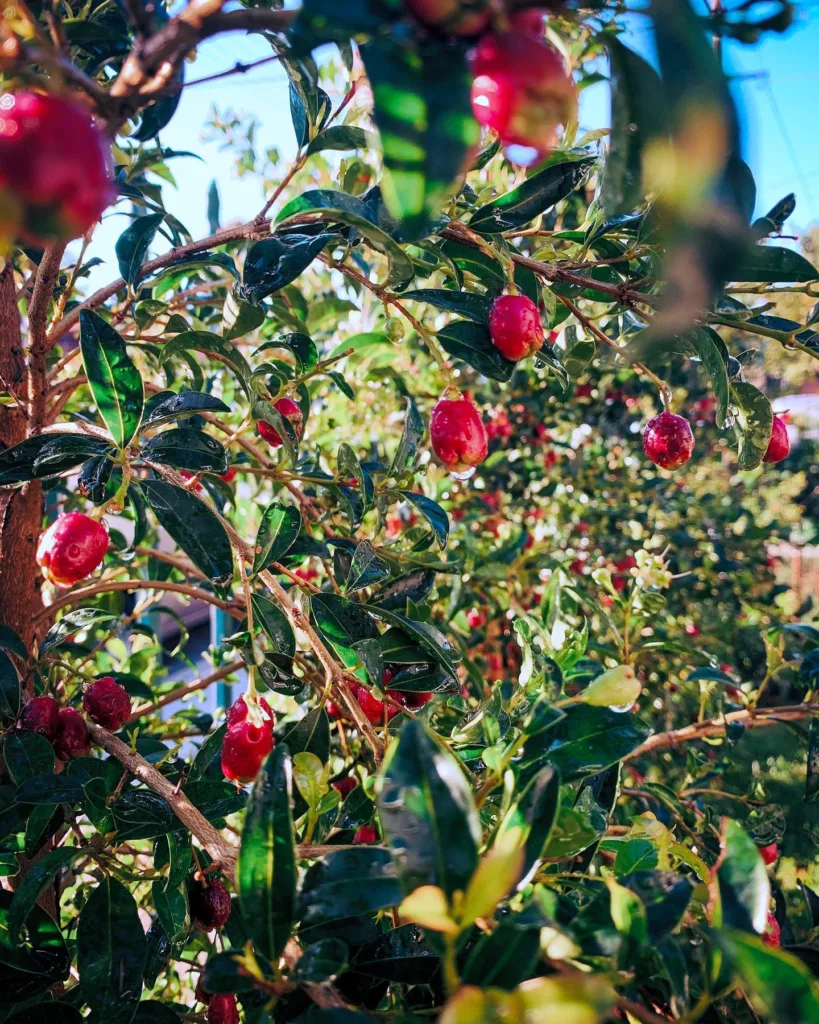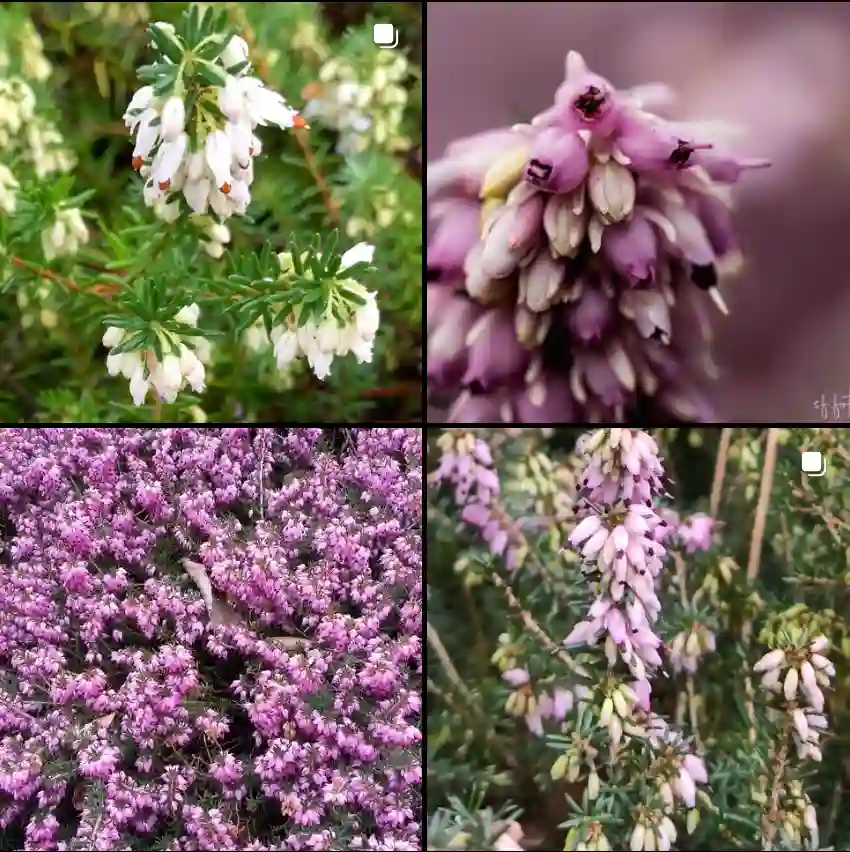What Is Amorphophallus Konjac?
Amorphophallus Konjac, commonly known as Konjac, is a plant native to East Asia. It’s part of the Araceae family, which includes many well-known species like the peace lily. This plant is particularly famous for its large, dramatic flowers and its edible tuber, which has a wide range of uses. The tuber is often processed into a flour that is used in various food products, most notably in health foods and supplements.
242 Species in Genus Amorphophallus
What Is Amorphophallus Konjac Used For?
Amorphophallus Konjac is most renowned for its use in dietary supplements. The glucomannan fiber derived from its tuber is a popular ingredient in weight loss products. Glucomannan is known for its ability to absorb water and expand in the stomach, which can help with appetite control and contribute to weight loss. Beyond weight management, this plant’s tuber is also used in traditional Asian cuisine to make noodles and other foods that are low in calories but high in fiber.
What Are the Side Effects of Amorphophallus Konjac?
While Amorphophallus Konjac is generally safe for most people, some may experience side effects, particularly when consuming it in large amounts. Common side effects include bloating, gas, and diarrhea, primarily due to the high fiber content. It’s essential to drink plenty of water when consuming glucomannan to avoid digestive discomfort. Rarely, allergic reactions may occur, so it’s wise to start with a small amount and monitor your body’s response.
What Is Amorphophallus Konjac Root?
The root of Amorphophallus Konjac is the part of the plant used to make glucomannan. It’s a starchy tuber that contains a significant amount of soluble fiber. This fiber is what gives Konjac its notable health benefits, such as aiding digestion and promoting satiety. The root can be processed into a flour or extract, which is then used in various dietary products.
How to Pronounce Amorphophallus Konjac?
The pronunciation of Amorphophallus Konjac might seem daunting, but it’s quite straightforward once broken down. It is pronounced as “uh-MOR-fo-FAL-us KON-jak.” Breaking it into syllables and practicing a few times should make it easier to say.
Is Amorphophallus Konjac Glucomannan?
Yes, Amorphophallus Konjac is the source of glucomannan. Glucomannan is a type of soluble fiber extracted from the tuber of the Konjac plant. This fiber is known for its ability to absorb water and form a gel-like substance, which contributes to its benefits in weight management and digestive health.
Is Amorphophallus Konjac Safe?
For most people, Amorphophallus Konjac is safe when used as directed. However, due to its high fiber content, it’s crucial to consume it with plenty of water to avoid digestive issues. If you have any pre-existing health conditions or are pregnant, it’s a good idea to consult with a healthcare provider before incorporating it into your diet.
What Does Amorphophallus Konjac Do?
Amorphophallus Konjac, specifically its glucomannan component, helps with weight management by expanding in the stomach and increasing feelings of fullness. It also aids digestion and can help regulate blood sugar levels. Additionally, glucomannan can support overall gut health by promoting regular bowel movements.
What Is Amorphophallus Konjac Lipozene?
Amorphophallus Konjac Lipozene is a branded supplement that features glucomannan extracted from the Konjac root. It’s marketed as a weight loss aid due to its appetite-suppressing properties. Lipozene is one of several products that use glucomannan to support weight management and digestive health.
What Is Amorphophallus Konjac Root Extract?
Amorphophallus Konjac root extract is a concentrated form of the plant’s active components, primarily glucomannan. This extract is often used in dietary supplements and health foods. It retains the beneficial properties of the whole root but in a more potent, convenient form.
Where Can I Buy Amorphophallus Konjac?
Amorphophallus Konjac products, including glucomannan supplements, can be purchased from various sources. They are available at health food stores, pharmacies, and online retailers. When buying supplements, it’s essential to choose reputable brands to ensure the product’s quality and effectiveness.
Amorphophallus Konjac vs Amorphophallus Titanum
Amorphophallus Konjac and Amorphophallus Titanum are distinct species within the same genus but differ significantly. Amorphophallus Titanum, also known as the “Corpse Flower,” is famous for its enormous size and foul odor when blooming. In contrast, Amorphophallus Konjac is known for its practical uses in dietary supplements and food products. While both have impressive flowers, their applications and characteristics are quite different.
How to Care for Amorphophallus Konjac?
Caring for Amorphophallus Konjac involves providing it with the right conditions to thrive. It prefers well-draining soil and a warm, humid environment. The plant needs regular watering, but avoid overwatering as it can lead to root rot. During its growing season, it benefits from occasional fertilization to support its growth.
How to Propagate Amorphophallus Konjac?
Amorphophallus Konjac can be propagated from its tubers. To do this, separate the tubers carefully during the plant’s dormancy period and plant them individually in well-draining soil. Ensure that each tuber has some roots attached. Place the tubers in a warm, bright location and keep the soil moist to encourage new growth.
What to Plant With Amorphophallus Konjac?
Amorphophallus Konjac pairs well with other tropical plants that enjoy similar growing conditions. Consider planting it with other Araceae family members or tropical plants like ferns and caladiums. These companions can create a lush, vibrant garden or indoor space that complements Konjac’s dramatic foliage.
Can You Grow Amorphophallus Konjac Indoors?
Yes, Amorphophallus Konjac can be grown indoors, provided it receives adequate light and humidity. An east or west-facing window with bright, indirect light is ideal. Maintaining a warm, humid environment will help it thrive indoors.
Is Amorphophallus Konjac Toxic?
Amorphophallus Konjac is not considered toxic to humans. However, the plant’s large flowers can produce a strong odor, which some might find unpleasant. It’s always a good idea to handle plants with care and avoid ingestion of any non-food parts.
Benefits of Amorphophallus Konjac
The primary benefits of Amorphophallus Konjac come from its glucomannan content. These include aiding in weight management, improving digestive health, and regulating blood sugar levels. Its high fiber content also promotes overall gut health.
Common Problems with Amorphophallus Konjac
Common issues with Amorphophallus Konjac include poor growth due to improper watering or soil conditions. Overwatering can lead to root rot, while insufficient humidity can cause the plant to struggle. Monitoring and adjusting care practices can help address these problems.
Compare Amorphophallus Konjac with Similar Plants
Amorphophallus Konjac is often compared to other species within the Amorphophallus genus and similar plants. For instance, while Amorphophallus Titanum is known for its massive size and odor, Amorphophallus Konjac is prized for its practical uses and smaller stature. Additionally, Amorphophallus Konjac differs from plants like glucomannan-containing Konjac, which may be marketed under different names but serves similar health-related purposes.
Understanding Amorphophallus Konjac and its uses can help you make informed decisions about incorporating it into your health regimen or garden. Whether you’re interested in its dietary benefits or its unique appearance, this plant has much to offer.
If i die, water my plants!



